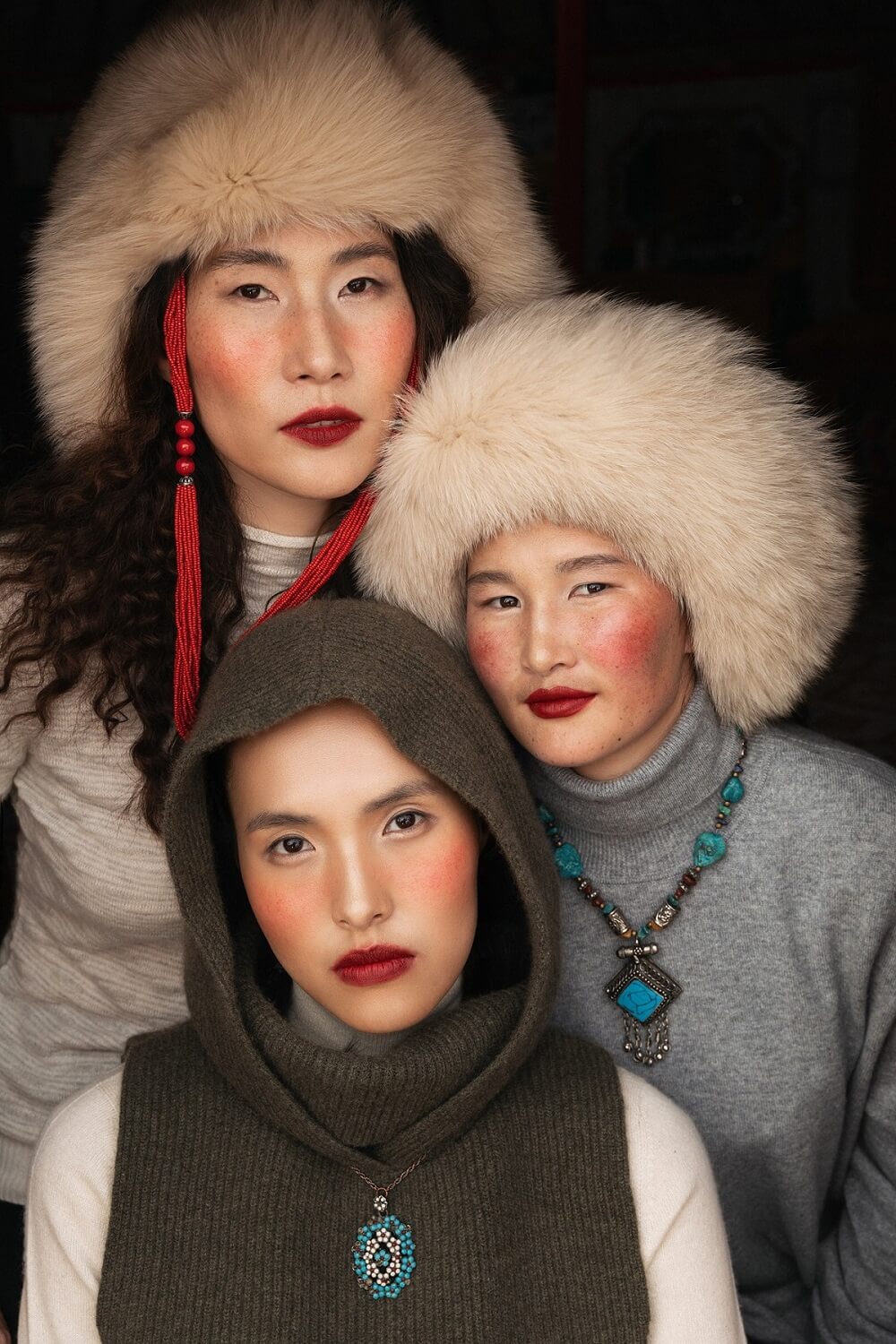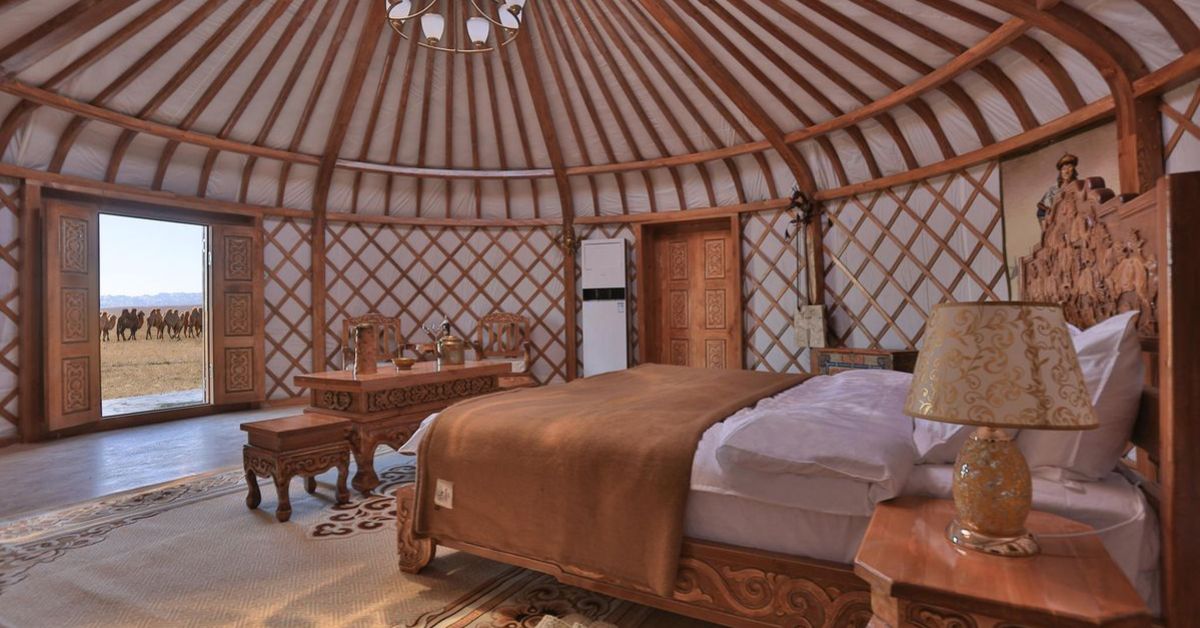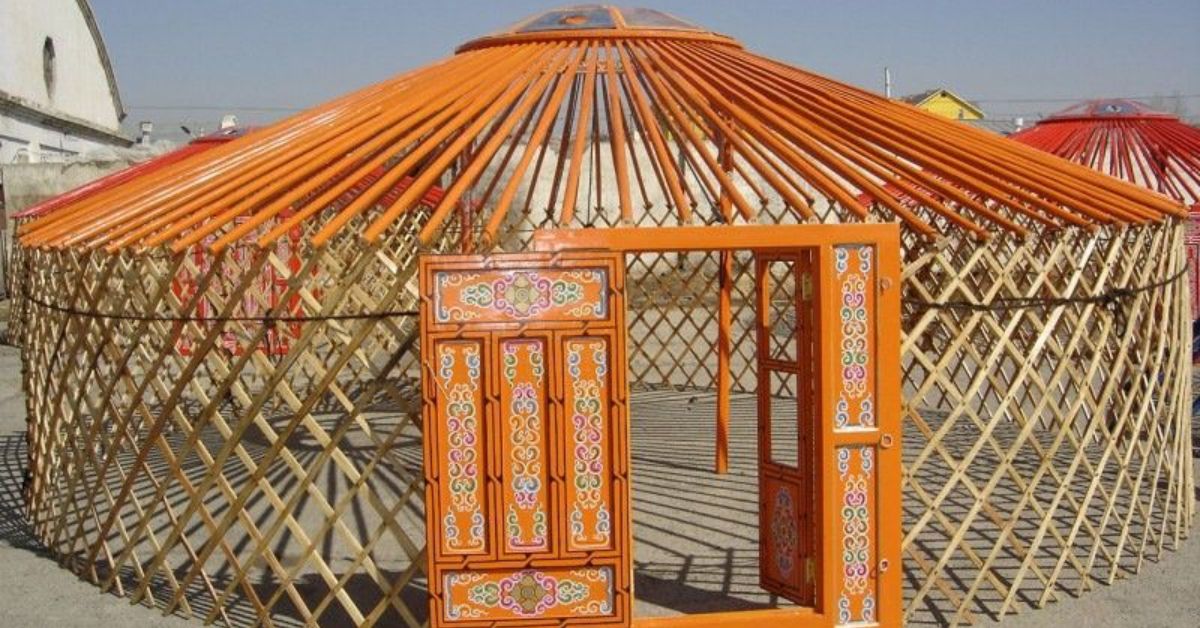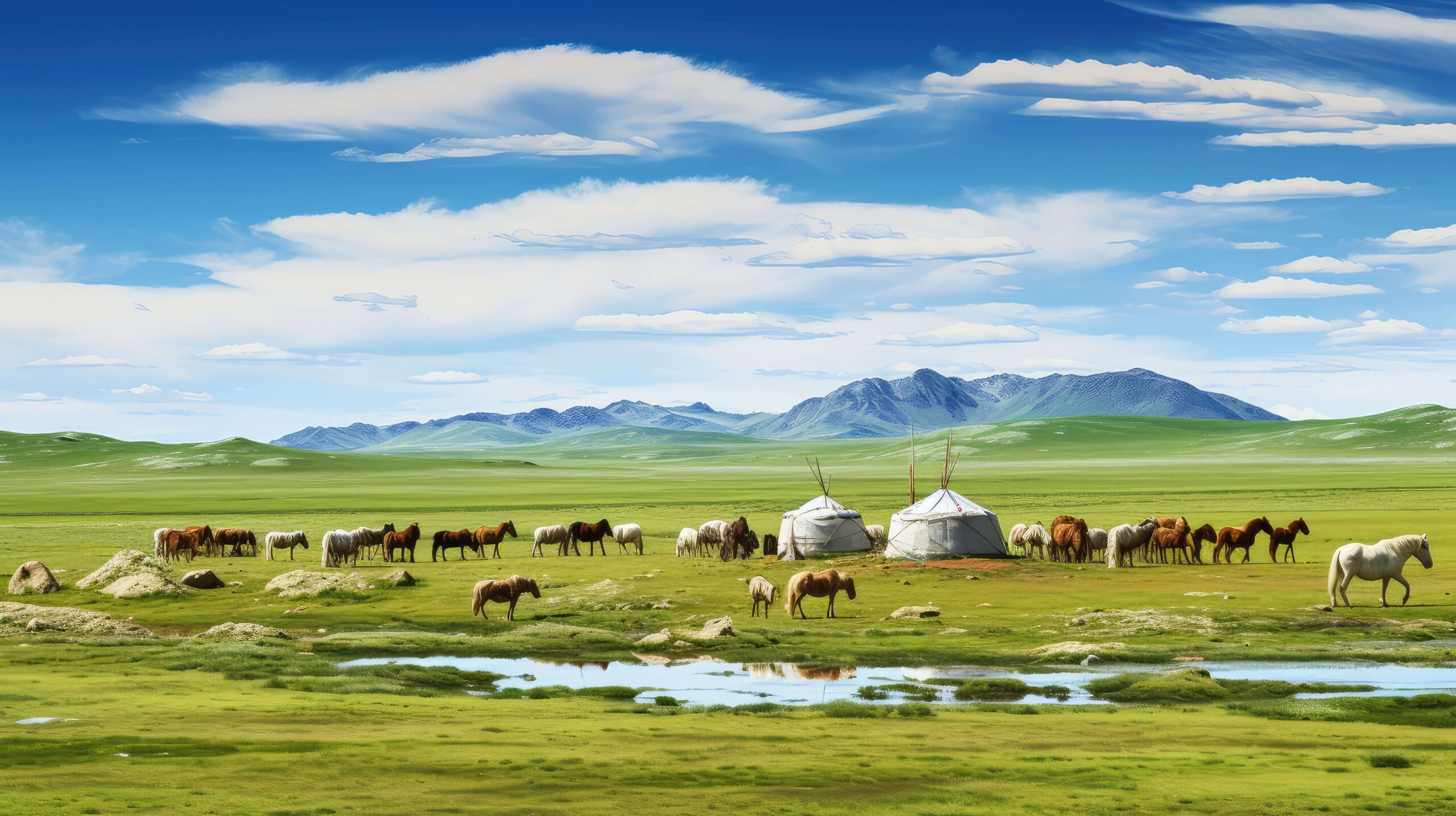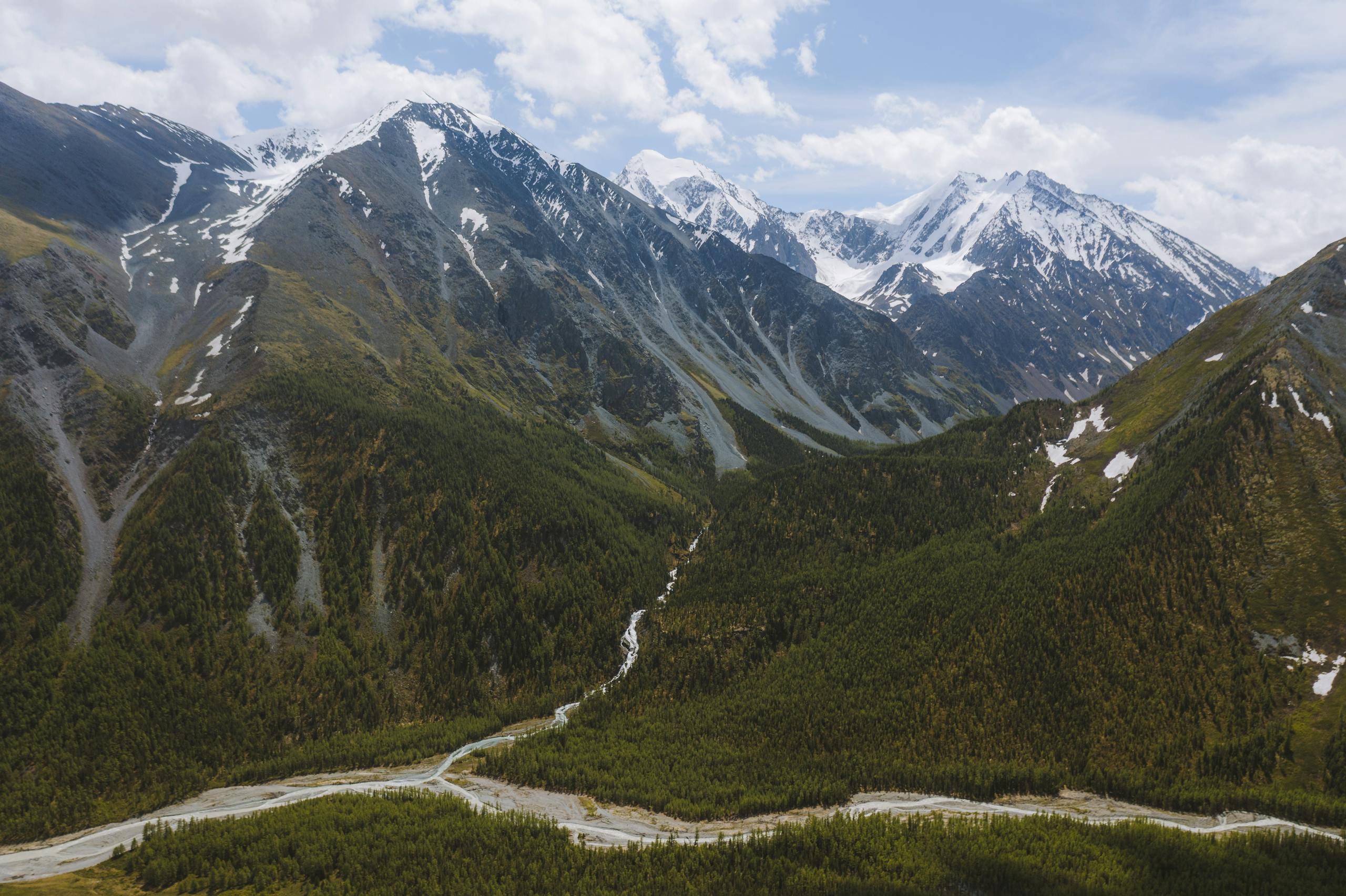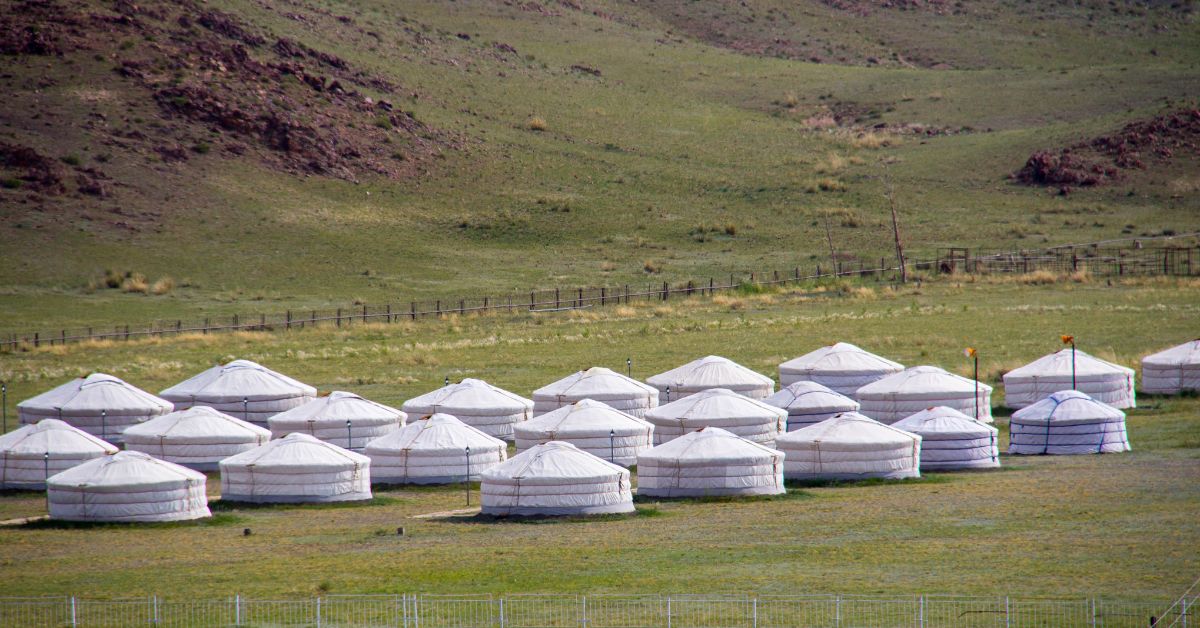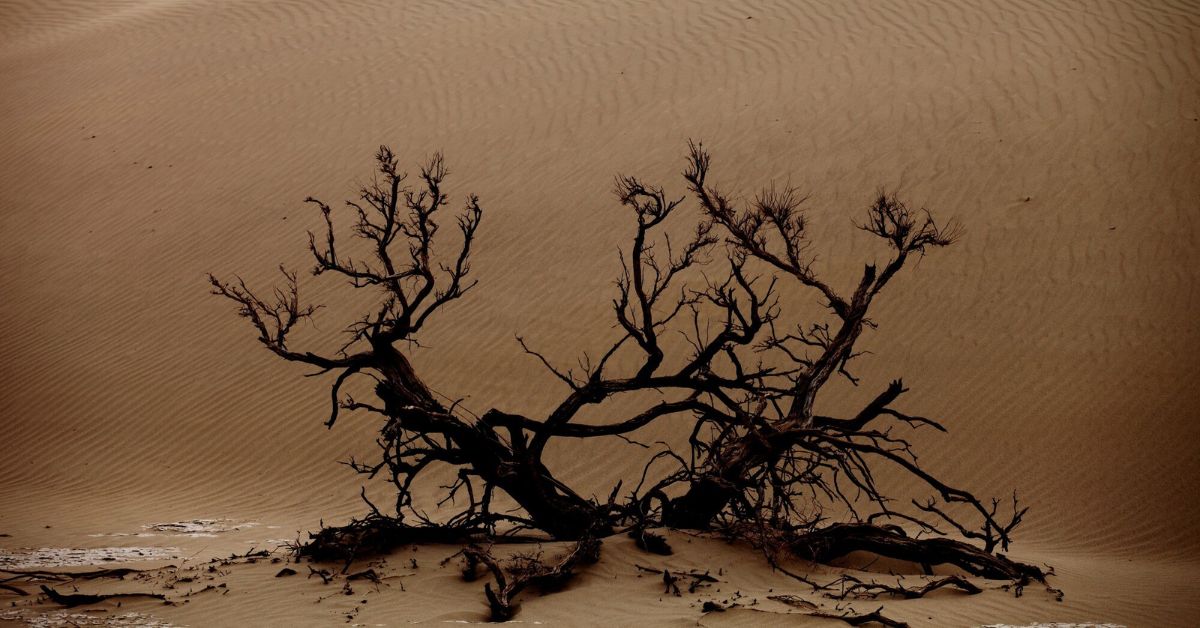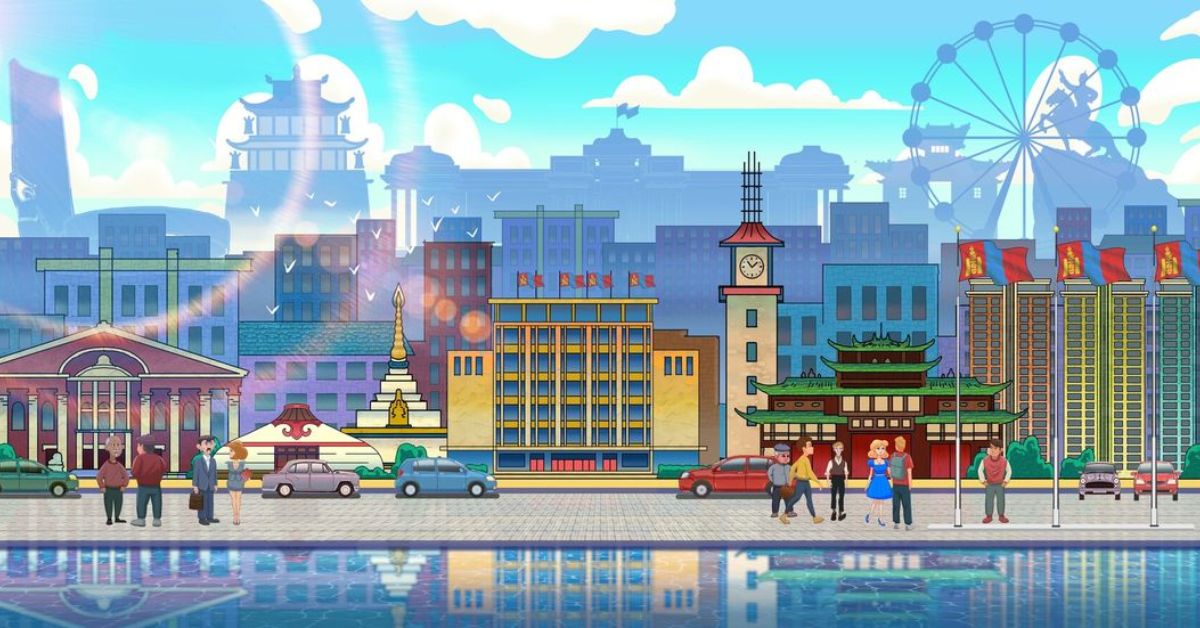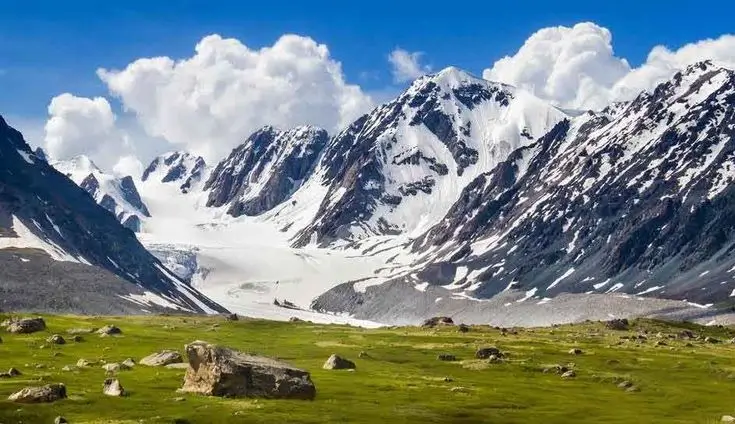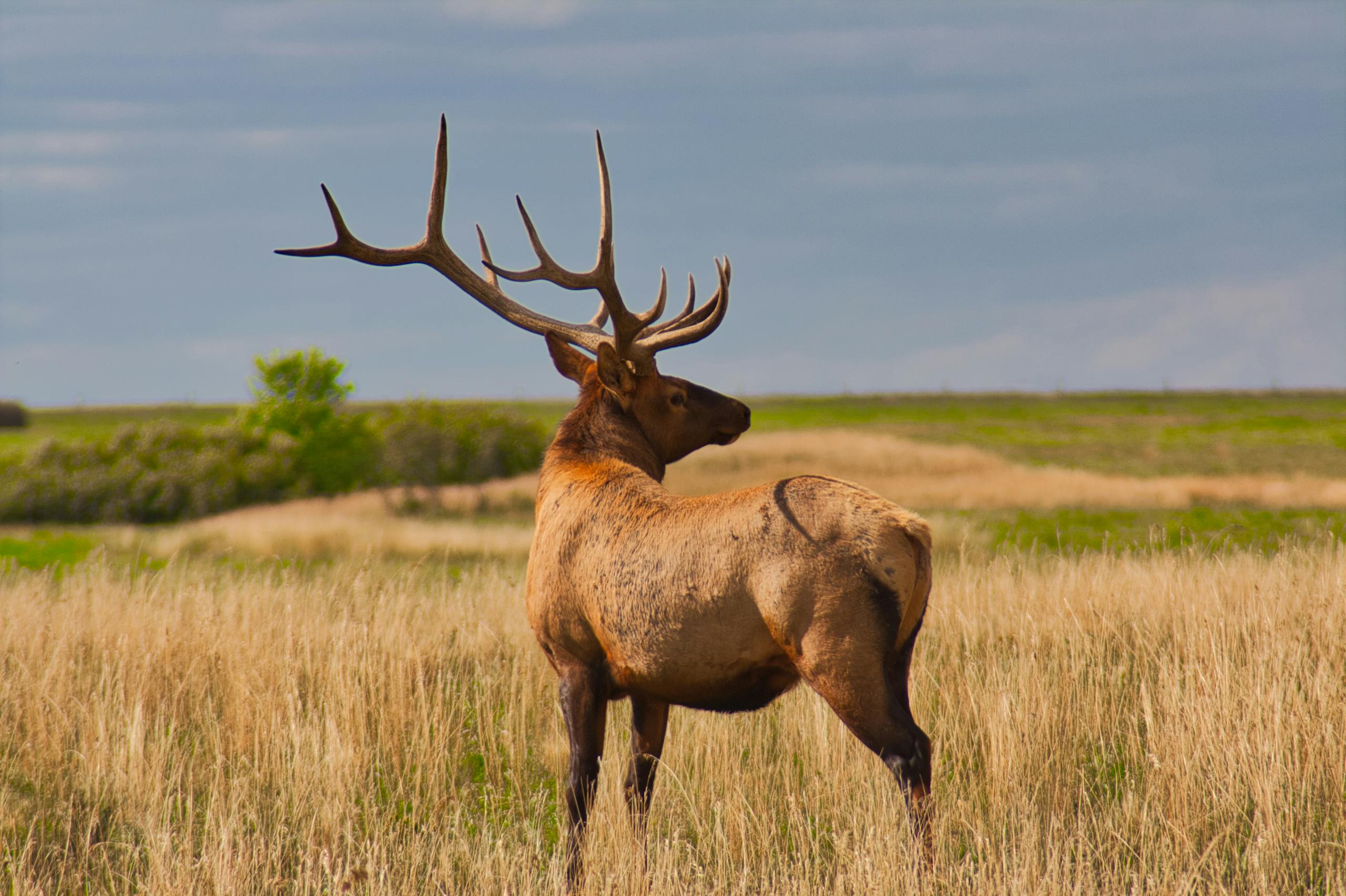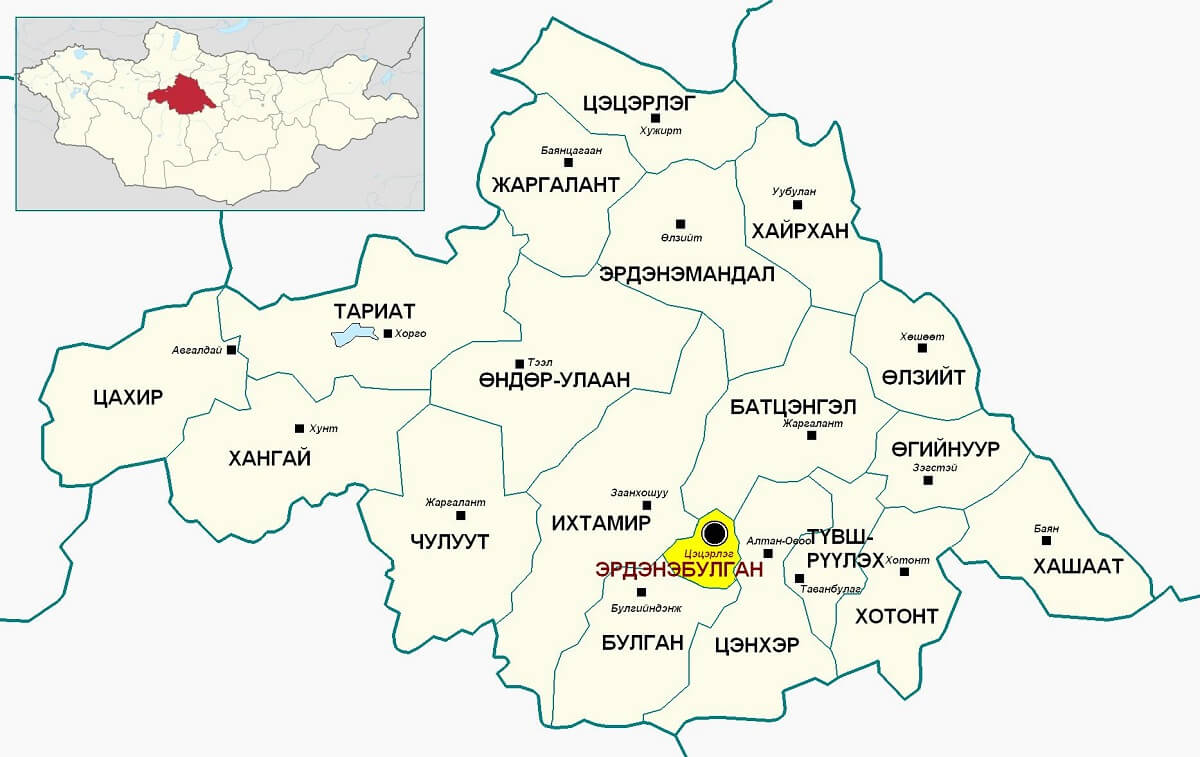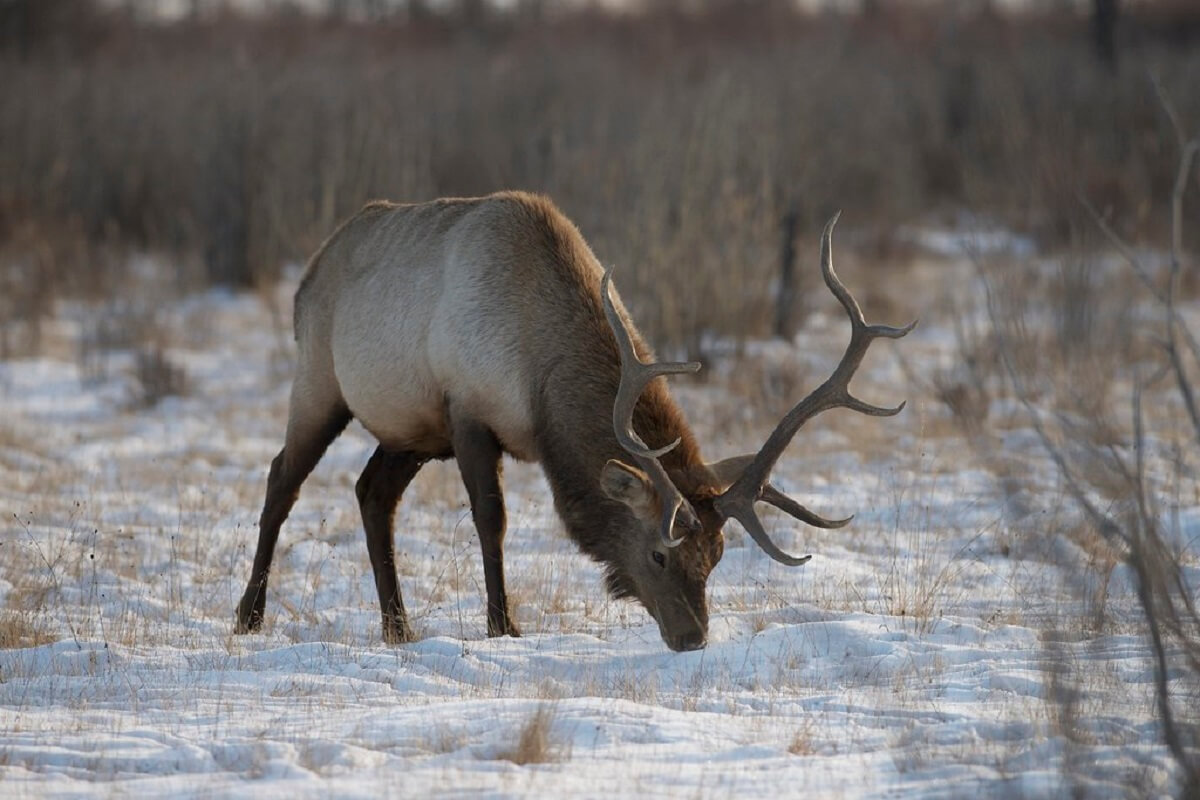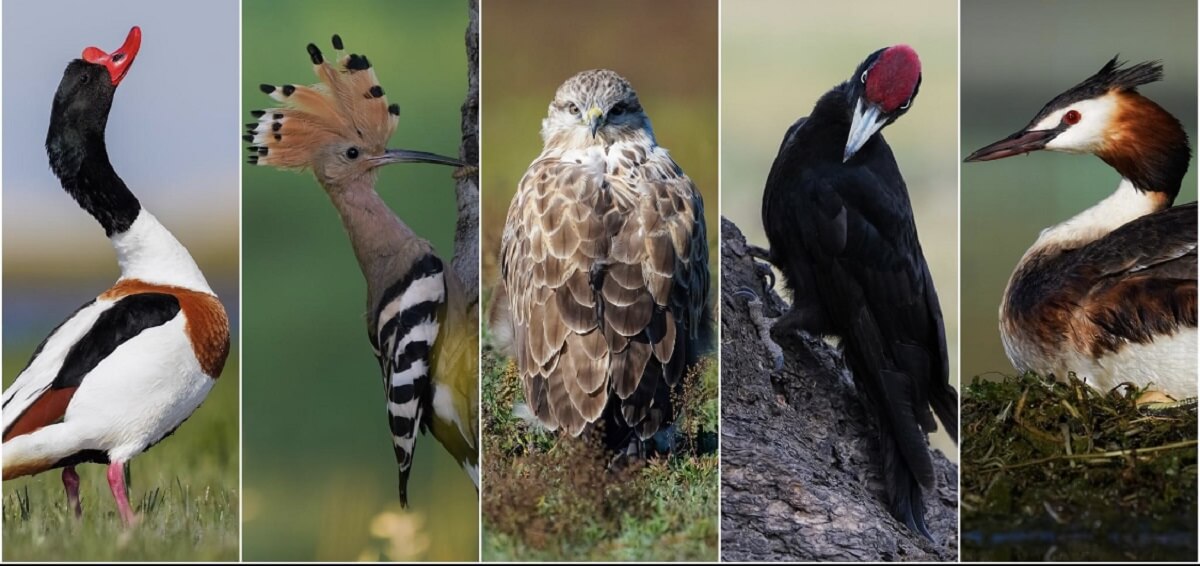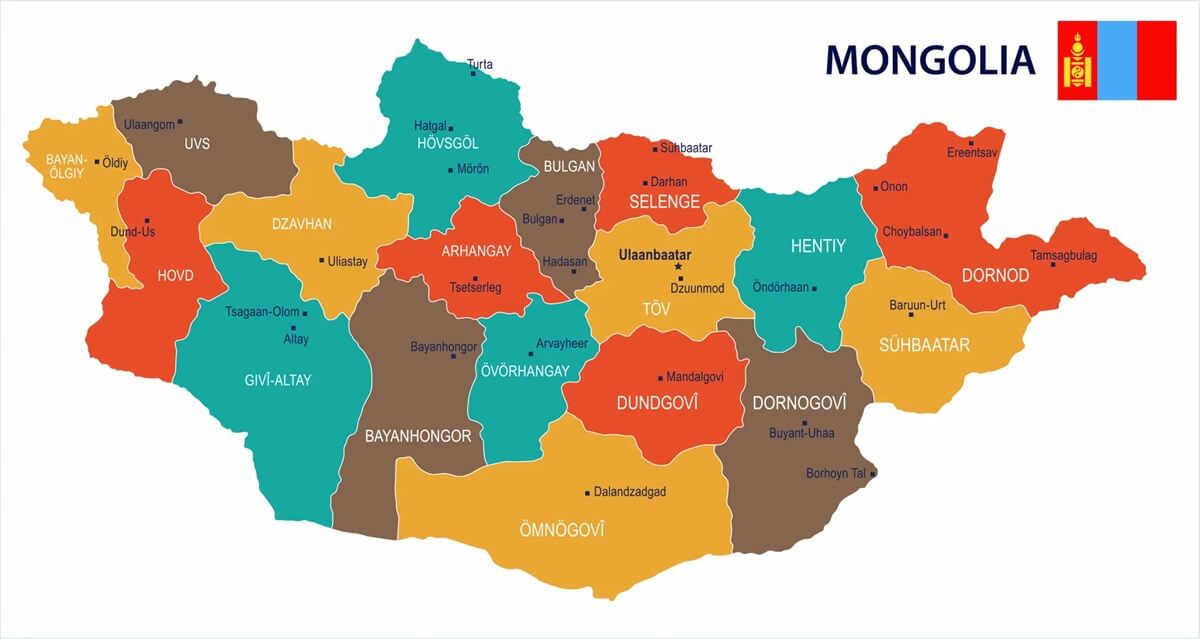What is Mongolia known for? – Its nomadic culture, where traditional practices of herding livestock and living in portable felt tents (gers) endure.
Mongolia’s reputation is greatly enhanced by the fact that it’s the birthplace of Genghis Khan, the extraordinary leader credited with founding the vast Mongol Empire.
Its captivating allure stems from an extraordinary fusion of historical significance, breathtaking natural landscapes, and a rich nomadic heritage, rendering it a truly distinctive and alluring destination.
Nomadic Culture
Mongolian nomadic culture, deeply rooted in history, thrives today. Nomads live in portable gers, herding livestock like horses, cattle, sheep, and yaks.
Transhumance guides their seasonal migrations, preventing overgrazing. Warm hospitality is a hallmark, with traditional clothing like the deel.
Horses are essential, used for transportation and traditional sports. The Naadam Festival showcases wrestling, horse racing, and archery.
Music and dance feature the morin khuur and throat singing. A blend of shamanism and Buddhism shapes spirituality, emphasizing harmony with nature and sustainable herding practices for the vast, challenging Mongolian landscape.
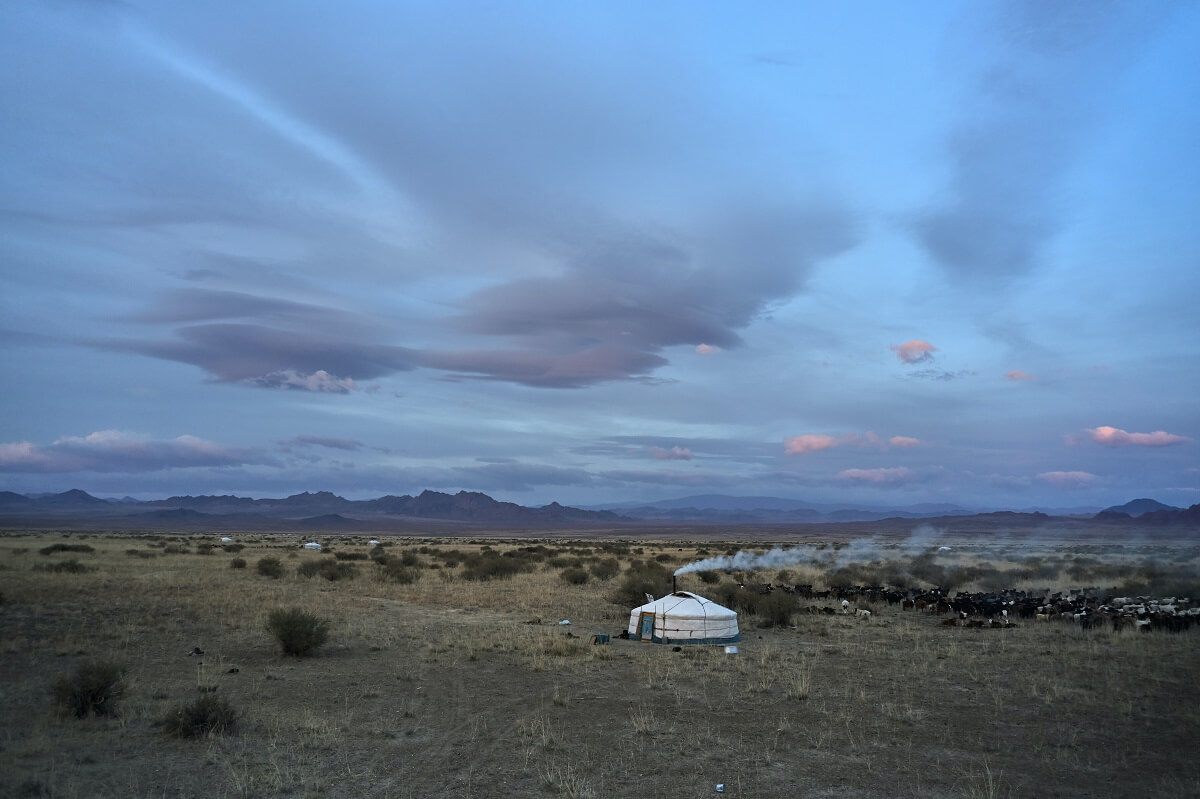
Genghis Khan
Genghis Khan, born as Temujin, was a 13th-century Mongol warrior and founder of the vast Mongol Empire. His military genius and leadership united nomadic tribes into a formidable force.
His empire stretched from Asia to Europe, becoming the largest contiguous land empire in history. Genghis Khan introduced advanced tactics, established trade routes, and promoted religious tolerance.
Despite his ruthless reputation in warfare, he implemented administrative and legal reforms. His legacy includes uniting diverse cultures under the Pax Mongolica, fostering cultural exchange, and influencing world history significantly.

Scenic Landscapes
Mongolia boasts breathtaking and diverse landscapes. The Gobi Desert, known for its vast sand dunes, contrasts with the lush meadows of the fertile steppes.
Towering Altai Mountains offer stunning alpine vistas, while Lake Khovsgol showcases pristine blue waters. Yolyn Am’s deep canyons provide dramatic scenery.
Mongolia’s rugged climate, with its challenging winters and blazing summers, contributes to its unique charm.
These captivating landscapes draw in adventurers, hikers, and nature enthusiasts, providing abundant opportunities for trekking, horseback riding, and exploring in a land where untouched nature remains one of its most defining characteristics.
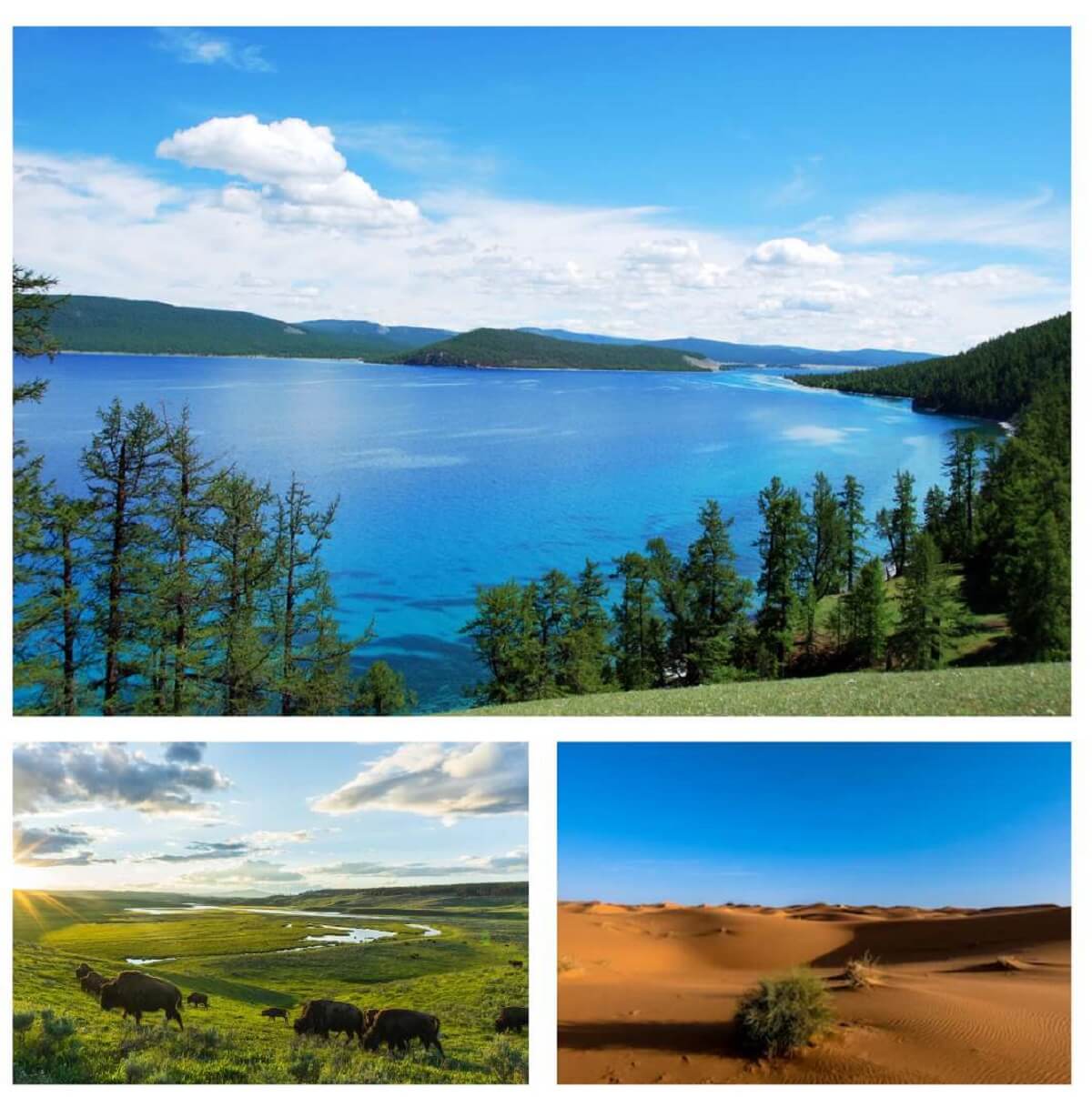
Traditional Gers (Yurts)
Traditional Mongolian yurts, called “gers” in Mongolia, are iconic symbols of nomadic culture. These portable, circular tents consist of a wooden lattice frame covered with felt or canvas.
They are ingeniously designed to withstand the extreme Mongolian climate, offering warmth in freezing winters and ventilation in scorching summers. Setting up and taking down gers is a breeze, making them perfectly suited for the nomadic way of life.
Inside, they feature a central hearth and a layout optimized for the nomadic family’s needs, reflecting a harmonious blend of practicality and tradition that has endured for centuries.
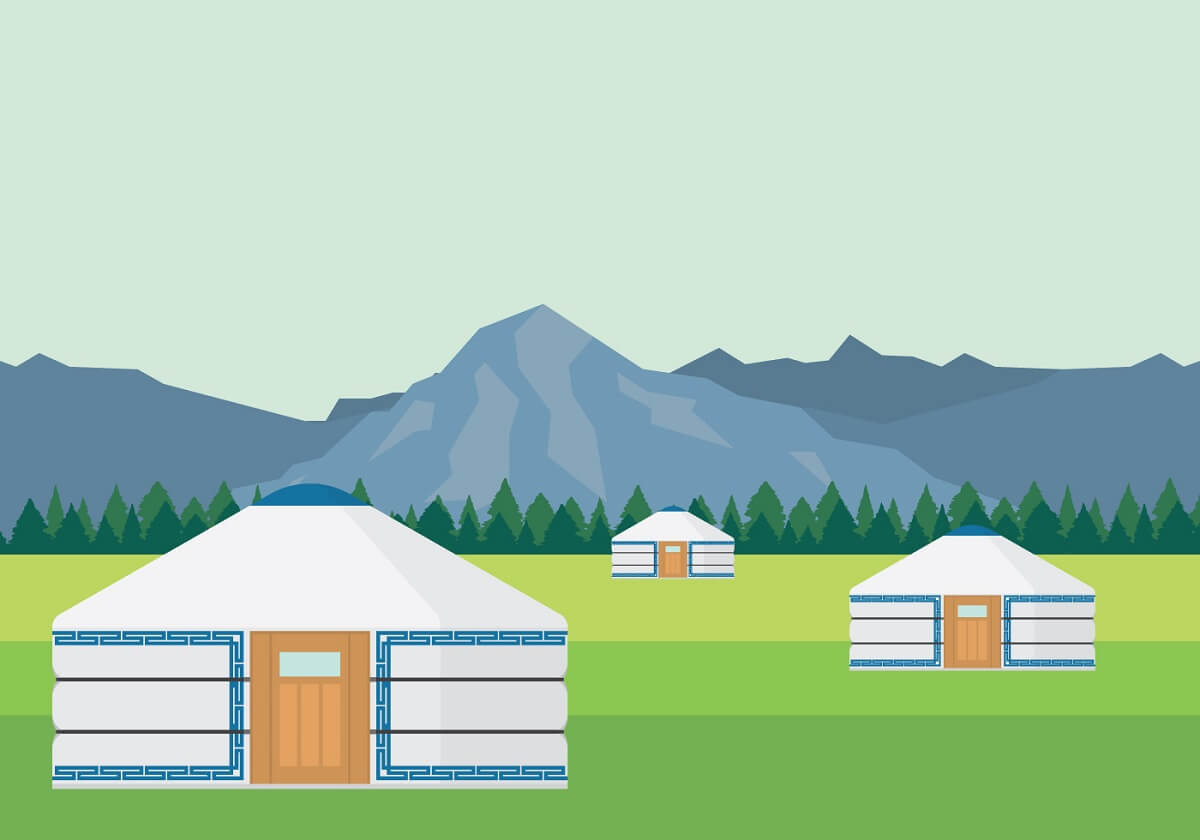
Naadam Festival
The Naadam Festival is Mongolia’s most cherished cultural event, showcasing the “Three Manly Games” of wrestling, horse racing, and archery.
It’s a vibrant celebration of Mongolia’s nomadic heritage, attracting participants and spectators nationwide. Wrestlers clad in tight-fitting traditional attire compete in a unique style where the goal is to throw the opponent to the ground.
Horse races can cover extensive distances and feature young jockeys. Archers display remarkable accuracy using traditional bows. In addition to sports, the festival comes alive with traditional music, vibrant dances, and captivating cultural exhibits, offering a lively portrayal of Mongolia’s rich cultural heritage.

Wildlife
Mongolia is home to unique and endangered wildlife, including the snow leopard, Gobi bear, wild Bactrian camel, and various bird species. The country’s vast, untouched landscapes make it an essential destination for wildlife enthusiasts.
Warm Hospitality
Mongolian warm hospitality is a hallmark of their culture. When guests arrive, they receive a warm and genuinely heartfelt welcome, marked by acts of kindness and generosity.
Traditional Mongolian tea, known as “suutei tsai,” is often offered, along with homemade dairy products and snacks. Sharing meals is common, fostering a sense of togetherness.
Nomadic families are known for their willingness to assist travelers, providing shelter in their gers and guidance in navigating the challenging terrain.
This warm and communal spirit mirrors the deeply ingrained values of kindness and a strong sense of togetherness within Mongolian society.
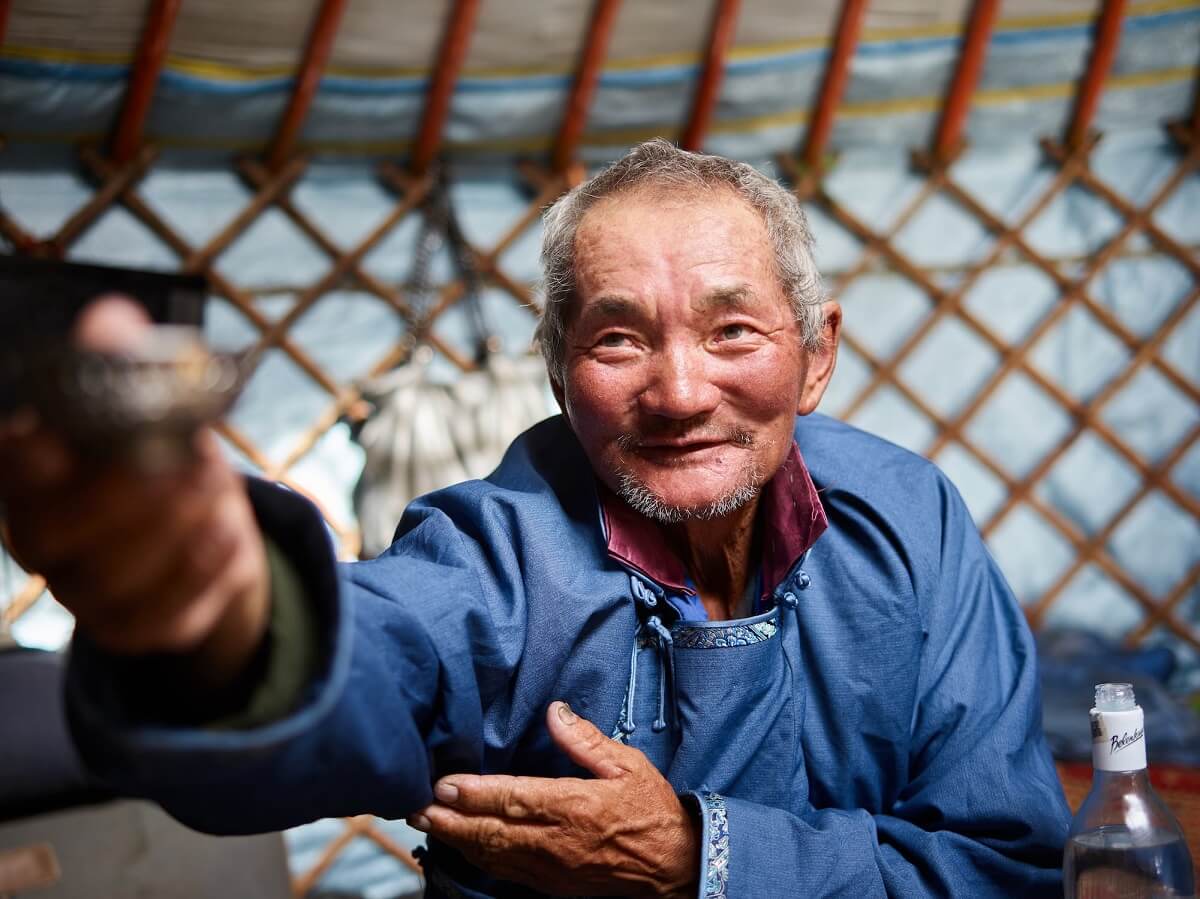
Cashmere
Mongolian cashmere is renowned worldwide for its exceptional quality and softness. Sourced from cashmere goats that thrive in Mongolia’s harsh climate, the wool is exceptionally fine and warm.
Mongolian herders meticulously comb the goats to collect the precious undercoat. The cashmere undergoes a meticulous process, skillfully transformed into exquisite textiles like scarves, cozy sweaters, and elegant shawls.
The industry supports nomadic livelihoods and has become an essential part of Mongolia’s economy, attracting fashion enthusiasts who appreciate the unparalleled comfort and elegance of Mongolian cashmere products.
